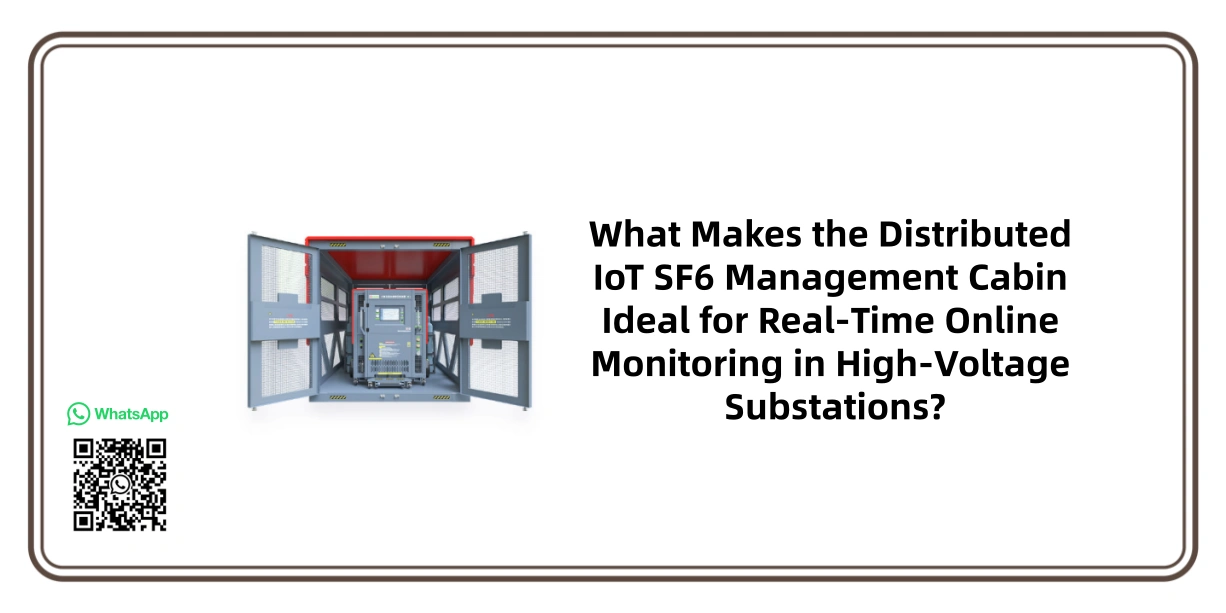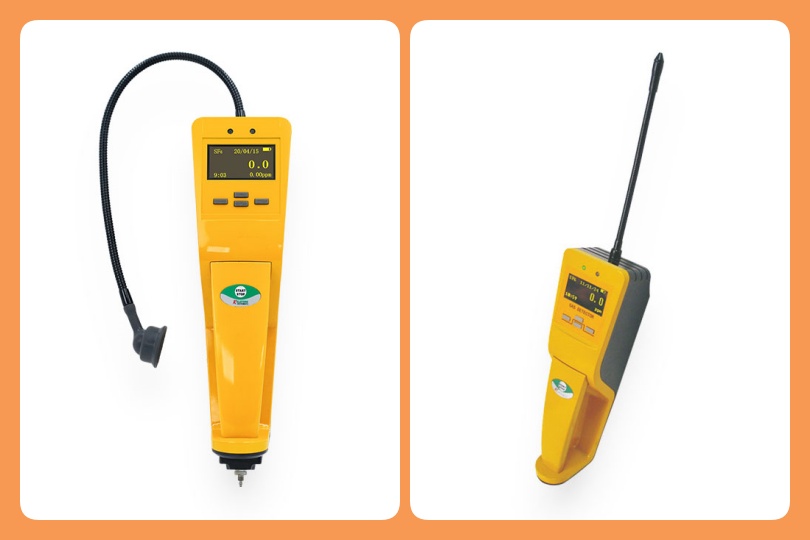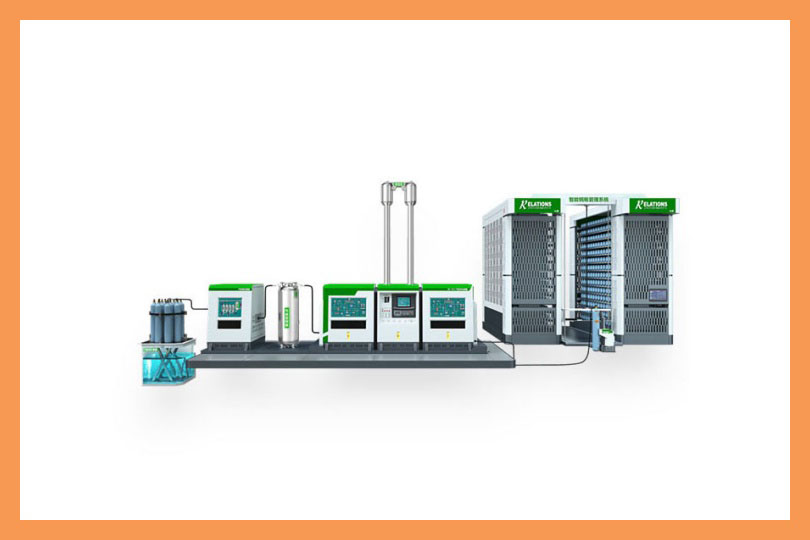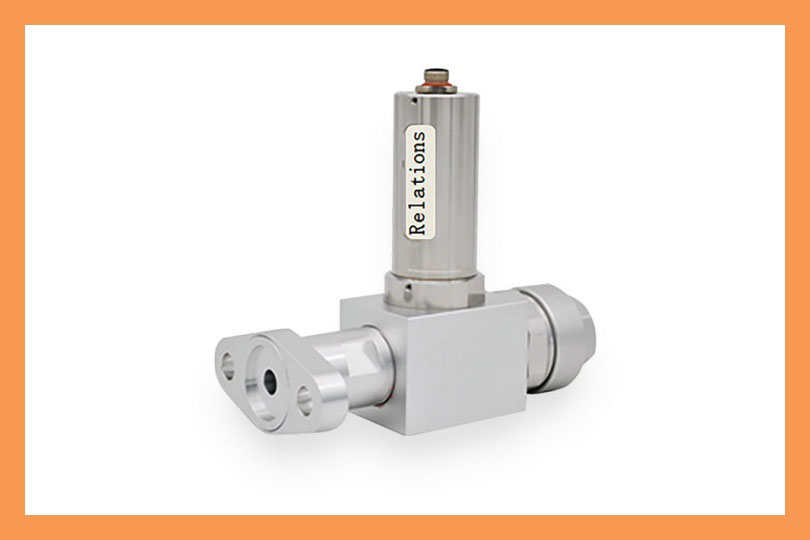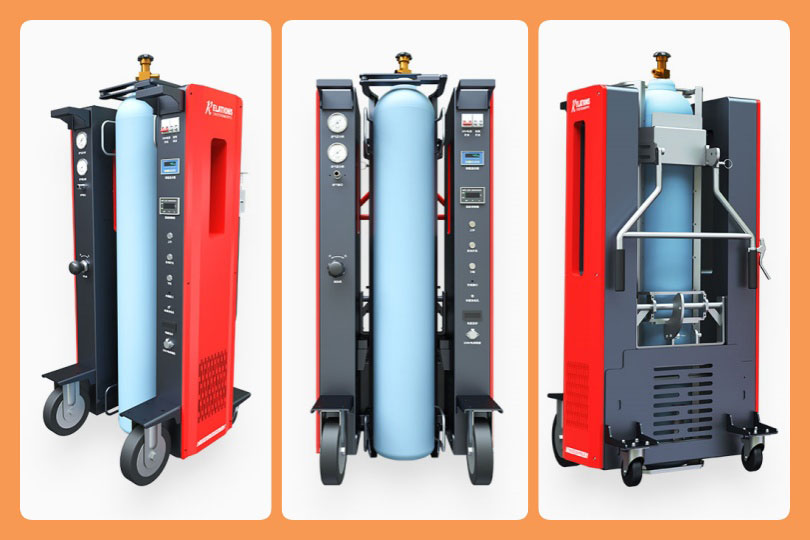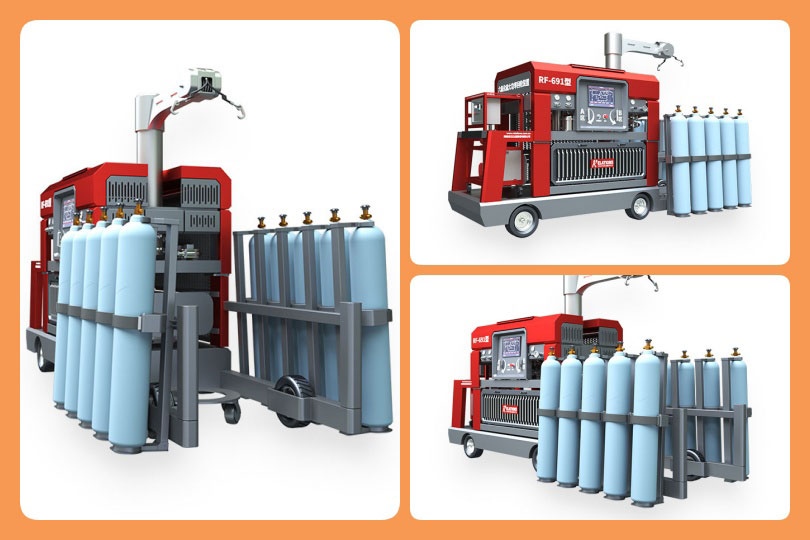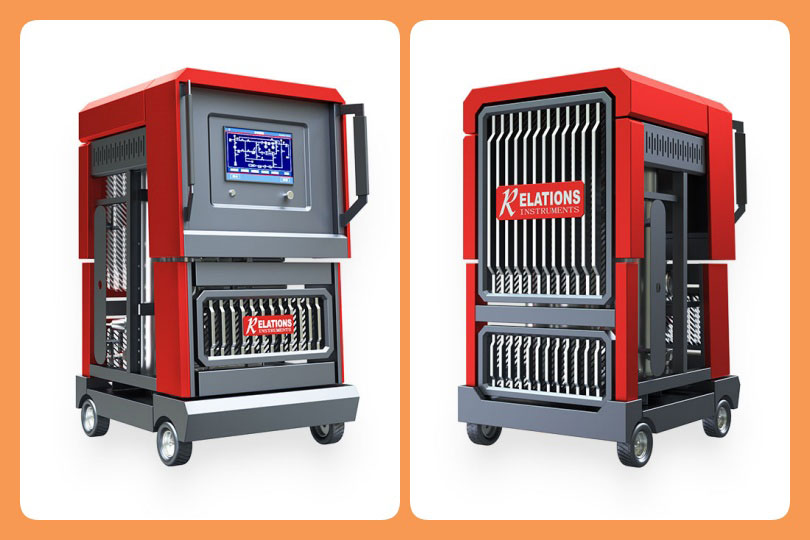What Makes the Distributed IoT SF6 Management Cabin Ideal for Real-Time Online Monitoring in High-Voltage Substations?
Date
2025-09-30
[email protected]
Website
www.sf6gasdetector.com
Get Solutions And Quotes
What Makes the Distributed IoT SF6 Management Cabin Ideal for Real-Time Online Monitoring in High-Voltage Substations?
SF6 (sulfur hexafluoride) is a critical insulating and arc-quenching gas in high-voltage power equipment, widely used in GIS (Gas Insulated Switchgear), circuit breakers, and transformers. However, SF6 is a potent greenhouse gas—with a global warming potential (GWP) 23,900 times that of CO₂ over 100 years—and its leakage not only risks equipment failure but also violates environmental regulations. Traditional SF6 monitoring methods, such as manual inspections or centralized fixed sensors, suffer from blind spots, delayed responses, and high labor costs. To address these pain points, the Distributed IoT SF6 Management Cabin for Real-Time Online Monitoring has emerged as a game-changing solution, integrating distributed sensing, IoT connectivity, and intelligent data analysis to redefine SF6 safety and efficiency.
Core Technical Architecture of Distributed IoT SF6 Management Cabin
The strength of the distributed IoT SF6 management cabin lies in its three-tier architecture, designed for real-time, reliable, and wide-range monitoring:
1. Perception Layer: Distributed Sensing Nodes
Unlike centralized systems that rely on a single sensor, the cabin deploys miniaturized, low-power SF6 sensing nodes across target areas (e.g., substation equipment rooms, outdoor GIS clusters). These nodes are equipped with high-precision electrochemical or infrared sensors, capable of detecting SF6 concentrations as low as ±0.1 ppm (parts per million). They also integrate temperature and humidity sensors to compensate for environmental interference—ensuring data accuracy even in extreme weather (e.g., -30°C to 60°C). Each node operates independently, eliminating “single-point failure” risks common in centralized setups.
2. Network Layer: IoT-Enabled Data Transmission
The sensing nodes connect to the management cabin via low-power wide-area networks (LPWAN), such as LoRaWAN or NB-IoT. This IoT connectivity supports long-distance transmission (up to 10 km in open areas) with minimal power consumption—extending node battery life to 2–3 years. The cabin acts as a local data hub: it collects real-time data from all nodes, filters out noise, and encrypts data (via TLS/SSL) before uploading to a cloud platform. This distributed network ensures no data loss, even if individual nodes are temporarily disconnected.
3. Application Layer: Intelligent Data Management
The cloud platform paired with the cabin offers end-to-end real-time monitoring capabilities. Users (e.g., power plant operators) can access:
Real-time alerts: If SF6 concentration exceeds the safety threshold (e.g., 1,000 ppm), the system sends SMS/email notifications within 10 seconds.
Data visualization: Interactive dashboards show concentration trends, node status, and equipment location—simplifying troubleshooting.
Compliance reports: Automatic generation of SF6 emission logs, helping enterprises meet environmental regulations (e.g., EU F-Gas Regulation, China’s “14th Five-Year” Green Development Plan).
Key Advantages of Distributed IoT SF6 Management Cabin
Compared to traditional monitoring solutions, the distributed IoT cabin delivers four irreplaceable benefits:
1. No Monitoring Blind Spots
Distributed nodes cover every critical area—from indoor switchgear cabinets to outdoor transformers—solving the “inaccessible area” problem of manual inspections. For example, a 500 kV substation in northern China reduced SF6 leakage undetected rates from 35% to 0% after deploying the cabin.
2. Millisecond-Level Response
Real-time data transmission and edge computing in the cabin cut down the time from leakage detection to alert from hours (manual inspection) to milliseconds. This speed is critical: a small SF6 leak can cause equipment breakdown within 24 hours if unaddressed.
3. 60% Lower Operating Costs
The cabin reduces manual inspection frequency from once a week to once a quarter. A medium-sized power company in Europe reported saving €80,000 annually in labor and maintenance costs after adoption.
4. Environmental Compliance
By tracking SF6 emissions in real time, the cabin helps enterprises avoid fines (up to €100,000 under EU F-Gas rules) and supports global carbon neutrality goals.
Practical Application Scenarios
The Distributed IoT SF6 Management Cabin is widely adopted across power and industrial sectors, including:
High-Voltage Substations: Ideal for remote or harsh environments (e.g., deserts, mountainous areas) where manual inspections are dangerous or inefficient.
New Energy Power Plants: Wind and solar power stations with scattered SF6 equipment rely on the cabin to monitor multiple sites centrally.
Industrial Power Distribution Systems: Factories (e.g., steel, semiconductor) use the cabin to protect workers from SF6 exposure and prevent production downtime.
Urban Grid Hubs: In densely populated cities, the cabin’s real-time alerts prevent SF6 leaks from endangering public health.
Future Trends: What’s Next for Distributed IoT SF6 Monitoring?
As IoT and AI technologies advance, the distributed IoT SF6 management cabin will evolve in three directions:
AI-Powered Leak Prediction: Integrating machine learning to analyze historical data and predict potential leaks 7–14 days in advance.
Carbon Neutrality Integration: Linking SF6 emission data to enterprise carbon accounting platforms to support net-zero targets.
Autonomous Control: Adding automatic valve-shutting functions to the cabin, enabling it to stop leaks without human intervention.
The Distributed IoT SF6 Management Cabin for Real-Time Online Monitoring addresses the power industry’s long-standing challenges of SF6 safety, efficiency, and environmental compliance. Its distributed architecture eliminates blind spots, IoT connectivity ensures real-time responsiveness, and intelligent data management reduces costs—making it a core tool for modern power grid operations. As global demand for clean energy and carbon neutrality grows, this technology will not only protect critical power equipment but also contribute to a greener, more sustainable future.
